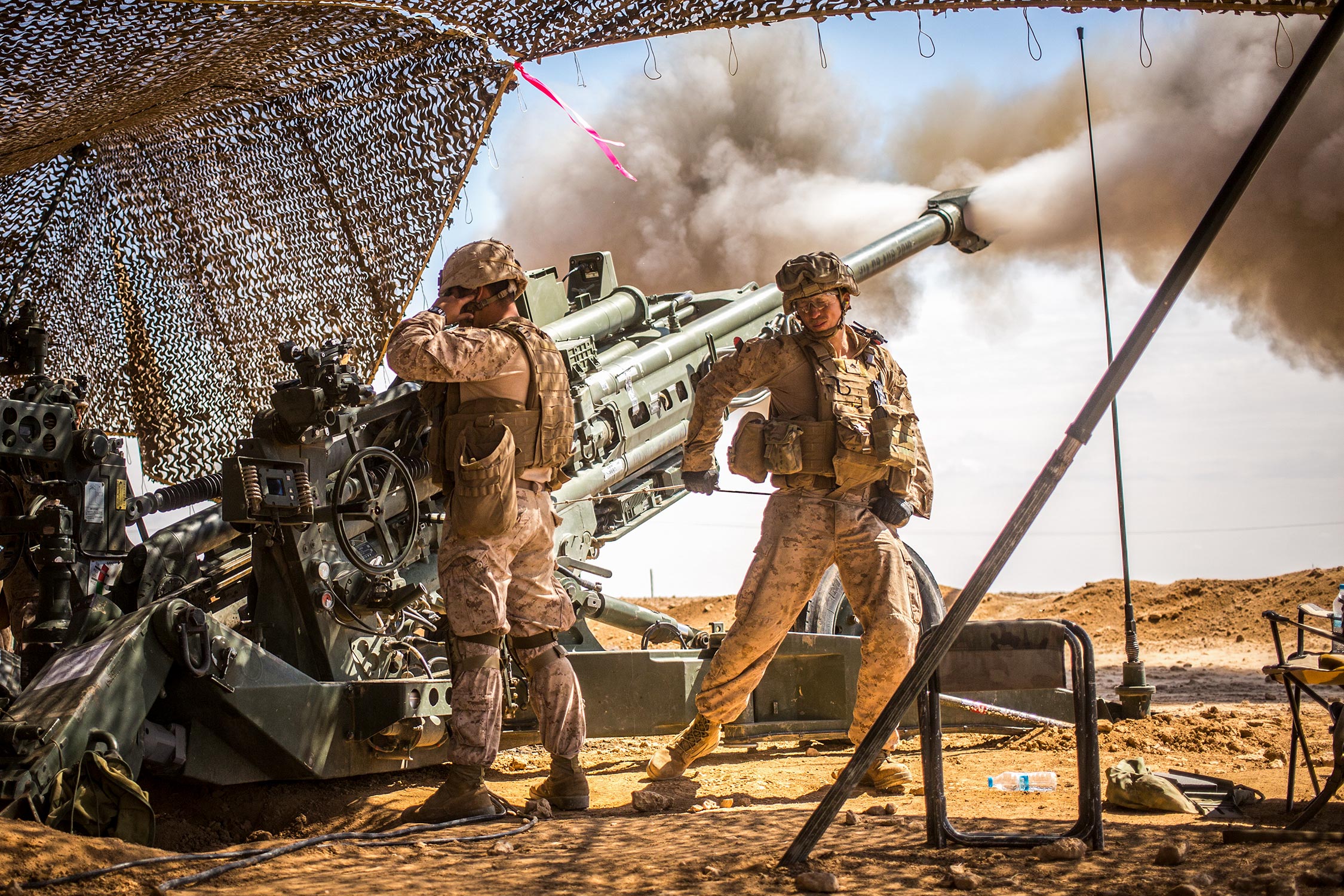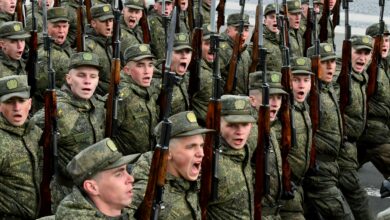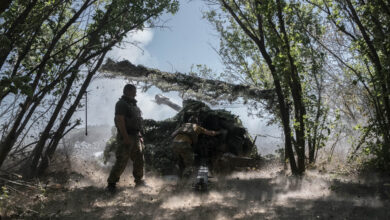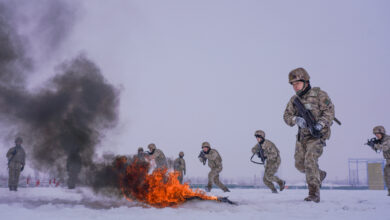BAE Systems is considering restarting production of the M777 howitzer after impressive exploits in the ongoing Russia-Ukraine war resulted in increased inquiries from potential customers, The Wall Street Journal revealed.
The British arms manufacturer said it is in talks with the US government to revive the program, which is winding up following the production of the last batch of guns ordered by India.
BAE said if the inquiries — including from Central European countries — translate into actual orders, it could lead to the production of 500 new guns. Restarting the gun’s full production could take 30 to 36 months, BAE estimates.
The US Army and Marines are not expected to add to their inventory of more than 1,000 guns, first inducted in 2005.
Vice president of business development at BAE Mark Signorelli told The Wall Street Journal that the company needs an order of at least 150 guns to revive the production line “profitably.”
Enhanced Reputation
Countries such as the US, Australia, and Canada have delivered around 170 M777s to Ukraine.
A large share of the 155 mm towed gun’s enhanced reputation goes to the precision GPS-guided munition it has been fed to in Ukraine, the outlet wrote, adding that its compact size compared to the hulking Russian howitzers made them more agile and easier to use.
Even if stacked up against its mounted Western counterparts, such as the German Panzerhaubitze 2000 and the French Caesar operating in Ukraine, the M777 stands out due to its “greater accuracy and ease of use” despite having a lower firing rate.
#Ukraine
/
#Russia
RARE /Excalibur Shell
Full footage of the use of the #Excalibur #M982 Shell with #M777 howitzer. This shell is GPS-guided and leaves almost no chance to its target.
It’s a nightmare for Russians pic.twitter.com/gUHH1o1Gtd
— Le Polynésien
(@Force_A_Ukraine) October 11, 2022
Precise Strike
The M777 can fire a variety of guided and unguided shells, including the Raytheon-BAE-developed Excalibur. The round can hit within less than 10 feet (3 meters) of a target, even at its maximum reach of 30 miles (48 kilometers).
In comparison, a traditional artillery shell grows increasingly imprecise as the target’s distance increases due to wind and other factors, the newspaper wrote, adding that a Western unguided shell “can land as much as 500 feet (152 meters) from a target located 15 miles (24 kilometers) away.”
Professor of strategic studies at the University of St. Andrews in Scotland Phillips O’Brien told The Wall Street Journal that the gun has taken the bulk of the responsibility to take on the “Russian military forces directly in the field,” while the more talked about rocket artillery systems such as the HIMARS have “probably been more important in destroying Russian logistics and control centers.”












